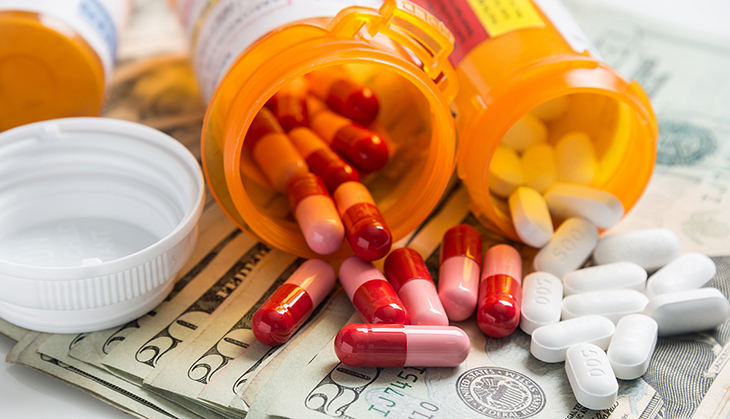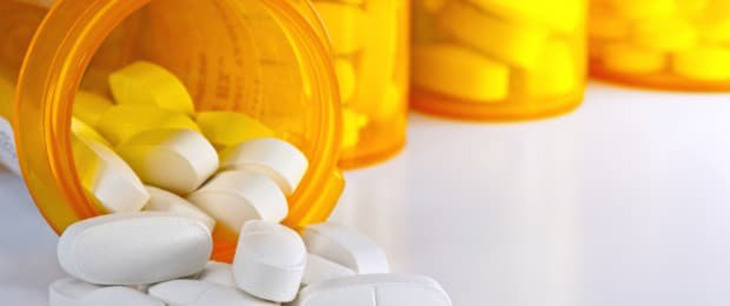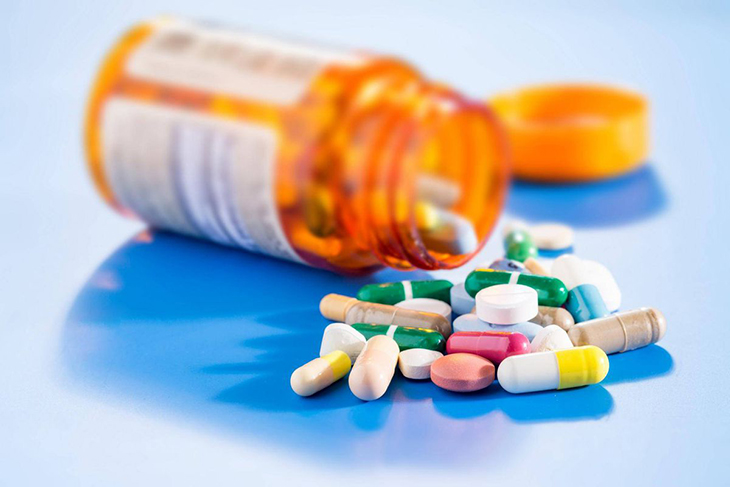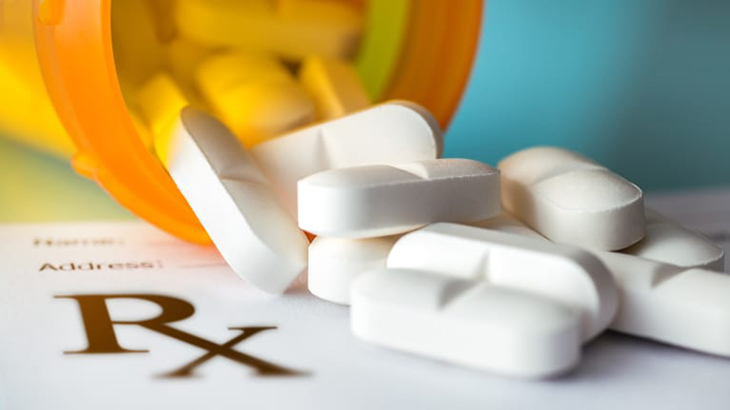
You may have noticed that the prices of prescription drugs in the United States have been going up steadily in the past years. Last year alone, over one thousand dollars per person was spent on these medications. Peterson-Kaiser Health System Tracker compares it to the numbers in the year 2000 when only around four hundred dollars per person was spent.
A study published in Health Affairs journal revealed how the average price of patented oral drugs went up by nine percent per year from 2008 to 2016, while injectibles went up by 15 percent per year. These rates were five and eight times as high as the rate of inflation, respectively.
If you are confused and frustrated by the rising costs and inconsistent pricing of prescription medication, you are not alone. It seems impossible to pinpoint what exactly has influenced the prices of the drugs that you need. The same medication can be found at varying costs depending on your age, diagnosis, location, insurance company, drugstore, or other factors. Prices may cost as little as a copay amount or as much as thousands of dollars.
Take for example the case of a New York City resident whose teenaged daughter’s intestinal sickness required a course of antibiotics over 14 days. The bill for her medication reached a whopping 1,400 dollars at the local CVS. What’s worse, the woman had not yet reached her insurance deductible, so she would need to shoulder the whole amount. She found out that the drug could be ordered online from Canada for 1,000 dollars less, or she could actually get it at no cost at all using a coupon from the drug company if she waited until her daughter turned 18 in six months’ time. To get any savings, the woman would have to risk ordering imported drugs that she was not certain of, or make her daughter suffer through her illness for another six months before getting treated.

This is just one of the countless discrepancies in the prices of medication. In some cases, a drug that might cost hundreds of dollars in the United States could cost as little as less than fifty dollars in Canada or other countries.
So what is causing the steep increase in prices and the cost discrepancies of prescription drugs?
According to a study authored by the director of biostatistics at the Scripps Research Translational Institute, Nathan Wineinger, Ph.D., 44 percent of 36 top-selling drugs increased by more than twice in price between 2012 and 2018. One of the factors that have affected this increase is a loophole in patenting. Once the patent of a drug expires, competitors should be able to sell generic versions of the drug. But Wineinger says that some manufacturers make tiny changes to the formula that would extend their patent on the product. Some drug manufacturers also practice what is called “pay for delay,” wherein they pay their competitors to not sell generic versions even when the patent has expired.
Having an insurance policy might not always be that much help with medication costs either. Your insurance company might suddenly take the drugs you need out of their coverage, so instead of a copay, you might need to pay the full amount with the cost going to your deductible. Or worse, the medicine might even be included in a tier that does not count it toward your deductible.
Another problematic side of insurance is that your policy might offer you a copay for a certain drug that you could actually get at a lower price without insurance. There used to be a law that stopped pharmacists from pointing this out, but thankfully, a 2018 legislation has given them the go signal to let you know if you could get a drug at a lower cost if you do not use your insurance. They could also suggest a generic alternative that would cost you less.
Also a factor in pricing drugs is what is called pharmacy benefit managers (PBMs). Since in the United States, it is up to the insurance companies to come to a deal with pharmaceutical companies, they hire PBMs to do the negotiating with the pharmas. However, the better prices they get might not actually be to your benefit.
For example, a PBM might be able to get a discount on a costly medication that the insurance company would list as its preferred drug. Because that would be the only option under its coverage, you could end up buying more expensive drugs than cheaper alternatives that are not covered by your plan. The problem with these arrangements is the lack of transparency. You wouldn’t know if the deals being made by the PBM are actually getting you savings.

Prices of drugs also widely vary between drugstores. According to a survey headed by Paul Hauptman, M.D., currently dean of the graduate school of medicine at the University of Tennessee-Knoxville, the same heart medications could cost as low as 12 dollars in one shop, but as much as 400 dollars in another. There was no consistency found in how drugs were priced, whether in terms of location, size of the business, or between branches of the same chain.
Because so many factors come into play in the cost of prescription drugs, it is up to the government to come up with a solution for this rising problem. But with several proposals being pushed regarding this issue, it may take a while before any real plan comes to life.
In the meantime, there are a few tactics you could use to get the best possible price on your prescription drugs.
1. Shop around.
Before you make your purchase, scout about to find the lowest prices. This is the first step you could take, especially if there is only one drug prescribed for your condition.
2. Compare local prices.
You can find reliable websites that could help you compare the prices in your area. Some sites might even offer coupons that you could use when purchasing your medication.
3. Consult your doctor about alternatives.
If you find that the medication you need is quite expensive, ask your doctor if there might be a less costly alternative that would work as well for your condition.

4. Make your purchase online.
If you are okay to purchase outside of your insurance plan, you could try shopping online. Find an online pharmacy that might be offering the drug you need at a better price. Just make sure you are buying from a reputable site.
5. Search for coupons.
You could sometimes get coupons from drug manufacturers that could offer you some savings. Look around if you could find coupons for the drug that you need.
6. Stock up on samples.
Doctors are often given samples by pharmaceutical companies to be handed out to their patients. If your doctor has samples of the drug you need, you could try asking if you could have some more.
7. Look for overseas options.
You could sometimes get brand name drugs from foreign countries at a lower cost. Make sure to get known brands to ensure that what you are getting is safe and effective. Purchasing medicines from developed countries such as Canada and Europe is generally okay.



